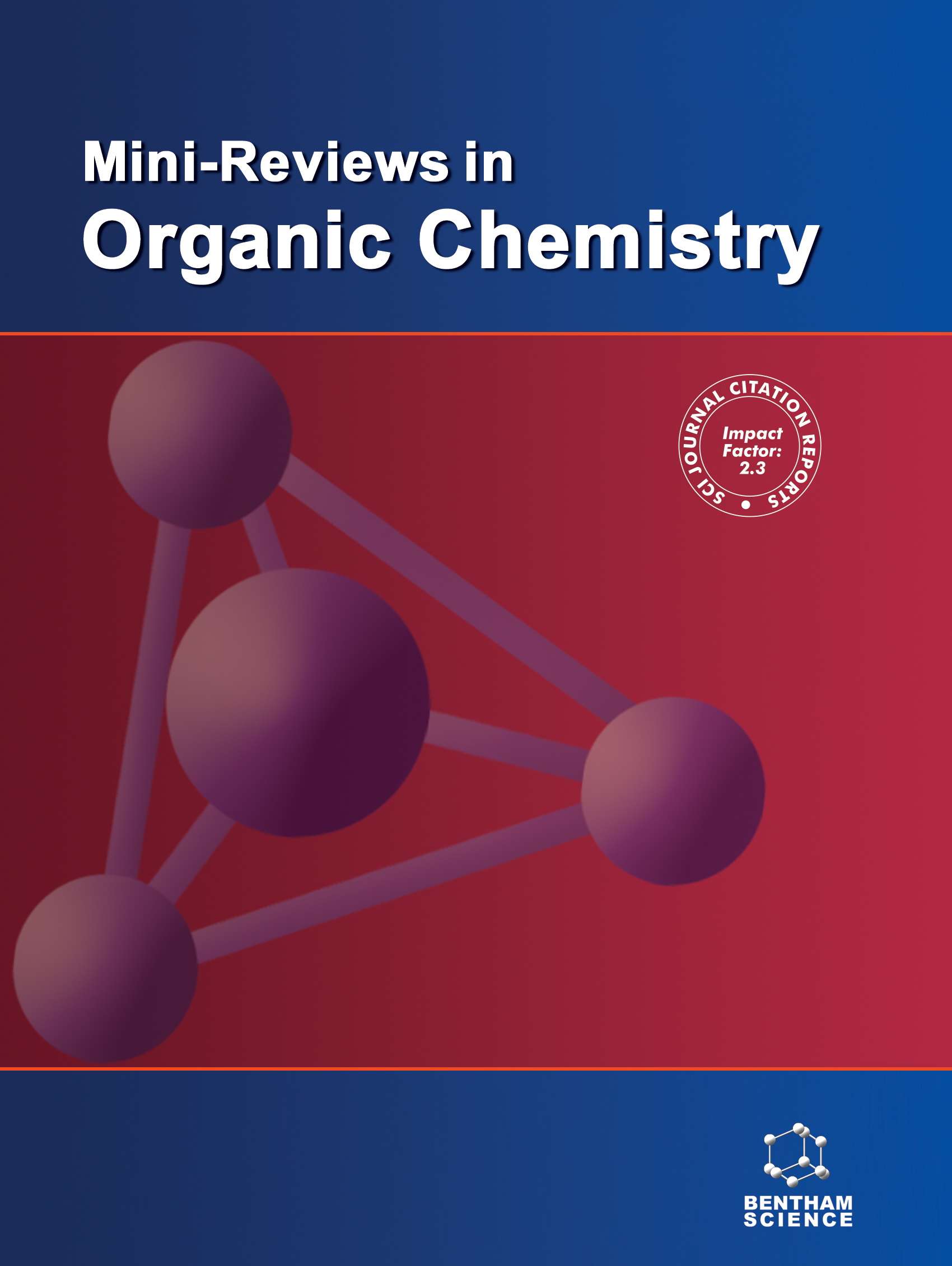
Full text loading...

Aluminium triflate, a relatively new addition to the family of metal triflates, showcases a distinctive reactivity profile that sets it apart from traditional Lewis acids such as aluminium chloride (AlCl3), tin (IV) chloride (SnCl4), and boron trifluoride (BF3). Its unique properties make it an attractive candidate for various catalytic applications. Notably, aluminium triflate can be easily prepared and utilised at low catalyst loadings, enhancing its efficiency and cost-effectiveness. Furthermore, its recyclability contributes to sustainable practices, aligning perfectly with the principles of green chemistry. The solubility and stability of aluminium triflate in aqueous media further enhance its appeal, as these characteristics allow for more environmentally friendly reaction conditions. Compared to other catalytic systems, Al(OTf)3 exhibits consistently superior performance, particularly in terms of selectivity and turnover frequency. This superior reactivity makes it a powerful tool in organic synthesis, enabling chemists to achieve desired transformations with greater precision and efficiency. In this comprehensive review, we explore the significant advancements in the application of aluminium triflate as a catalyst in organic transformations from 1985 to 2024. We highlight key studies that demonstrate its versatility across various reaction types, including the formation of carbon-carbon and carbon-heteroatom bonds. This critical analysis of advancements in this field aims to provide insights into the future potential of aluminium triflate in organic synthesis and its role in advancing sustainable chemistry practices.

Article metrics loading...

Full text loading...
References


Data & Media loading...